Thermal dewetting of gold, which is sandwiched between the yolk and shell, leads to the desired nanocup morphology.


Thermal dewetting of gold, which is sandwiched between the yolk and shell, leads to the desired nanocup morphology.

Researchers from Eindhoven have developed a spiropyran containing photoresponsive size-tunable hydrogel that can be used as a micromixer or light switchable valve.
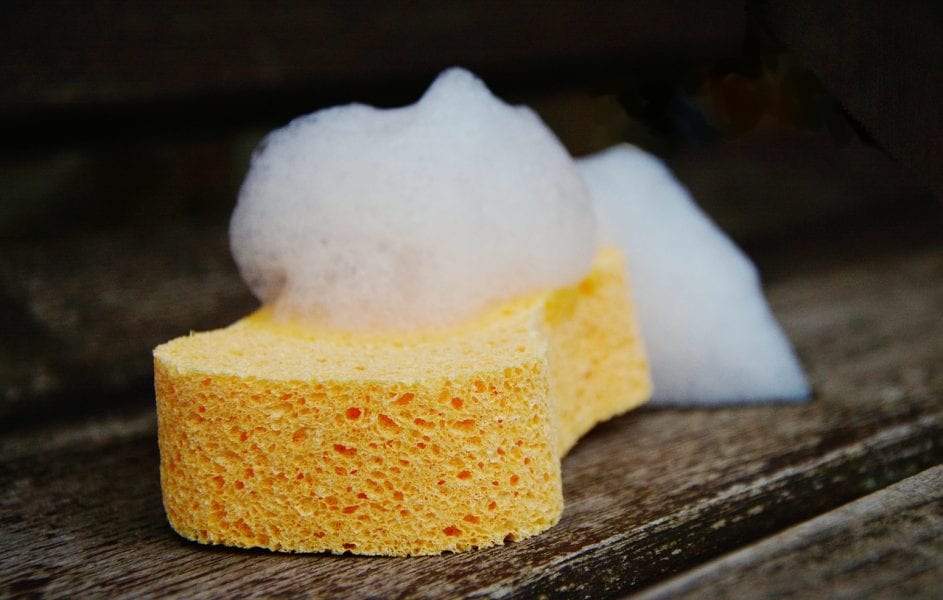
Assembling two types of carbon nanostructures with non-covalent interactions gives an electrode material with enhanced energy density.
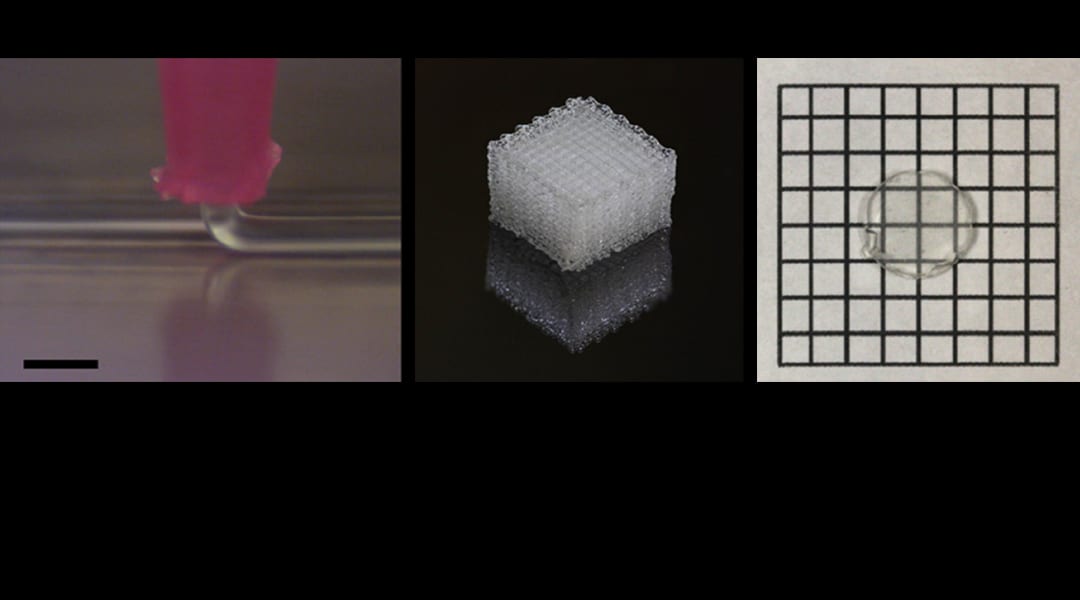
3D printing technology enables a mold-free formation of freeform transparent glass.

Nanotechnology possesses great potential to overcome shortcomings of existing strategies for safe and effective retinal drug delivery.
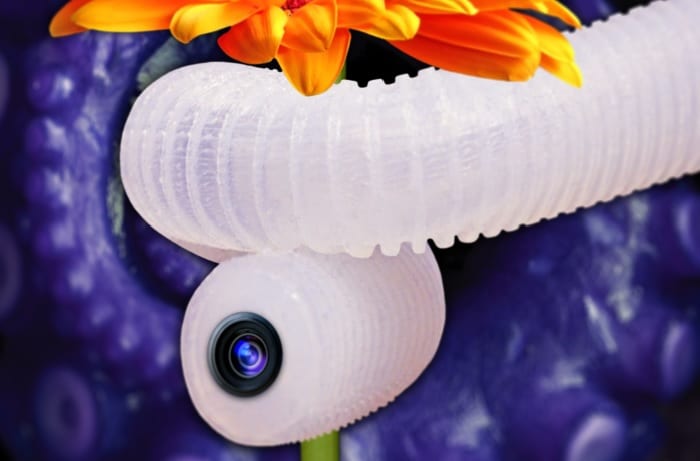
This hydrogel can be programmed to reversibly switch its mechanical properties in response to a simple environmental cue.
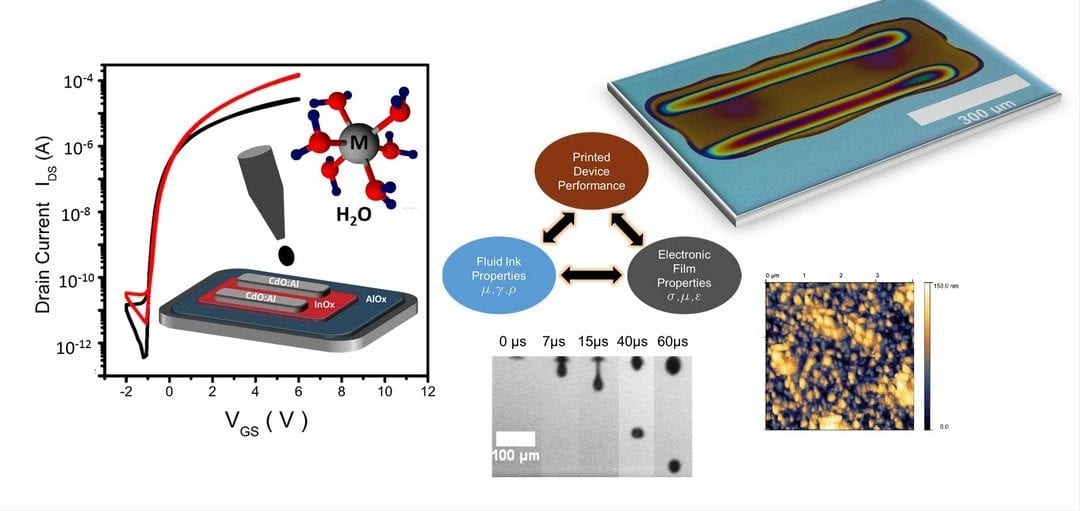
Researchers have demonstrated all-aqueous-printed transparent electrodes and semiconducting layers for high performance, low-cost transistors for flexible electronics applications.

Inspired by human fingers after prolonged exposure to water, moisture responsive wrinkling surfaces are developed.

A recent review discusses the emerging nanomedications and therapies with potential to alter Duchenne’s fatal outcome.
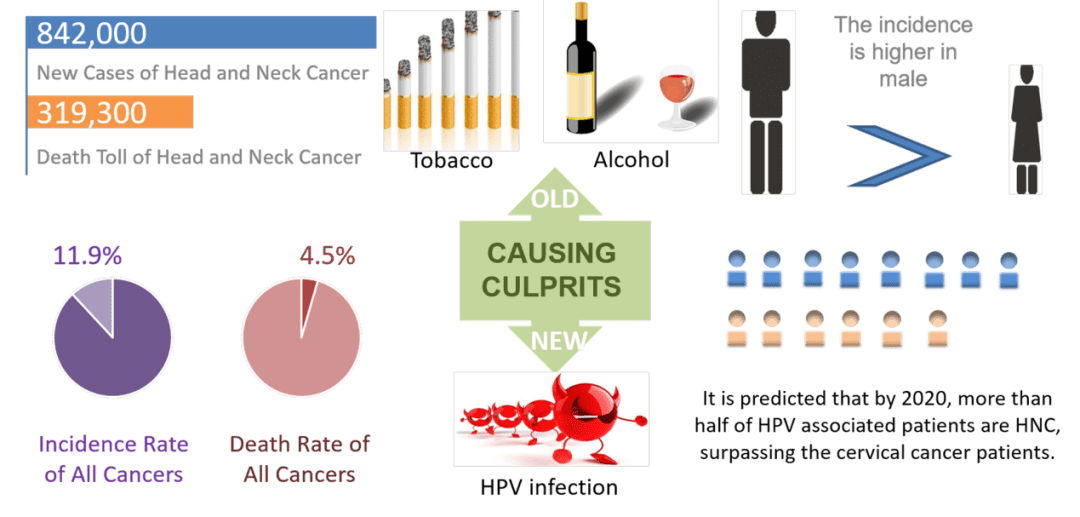
Nanoparticles can assist in treatment of Head and Neck Cancer patients by optimizing distribution of chemotherapy drugs for better outcomes and less side effects.